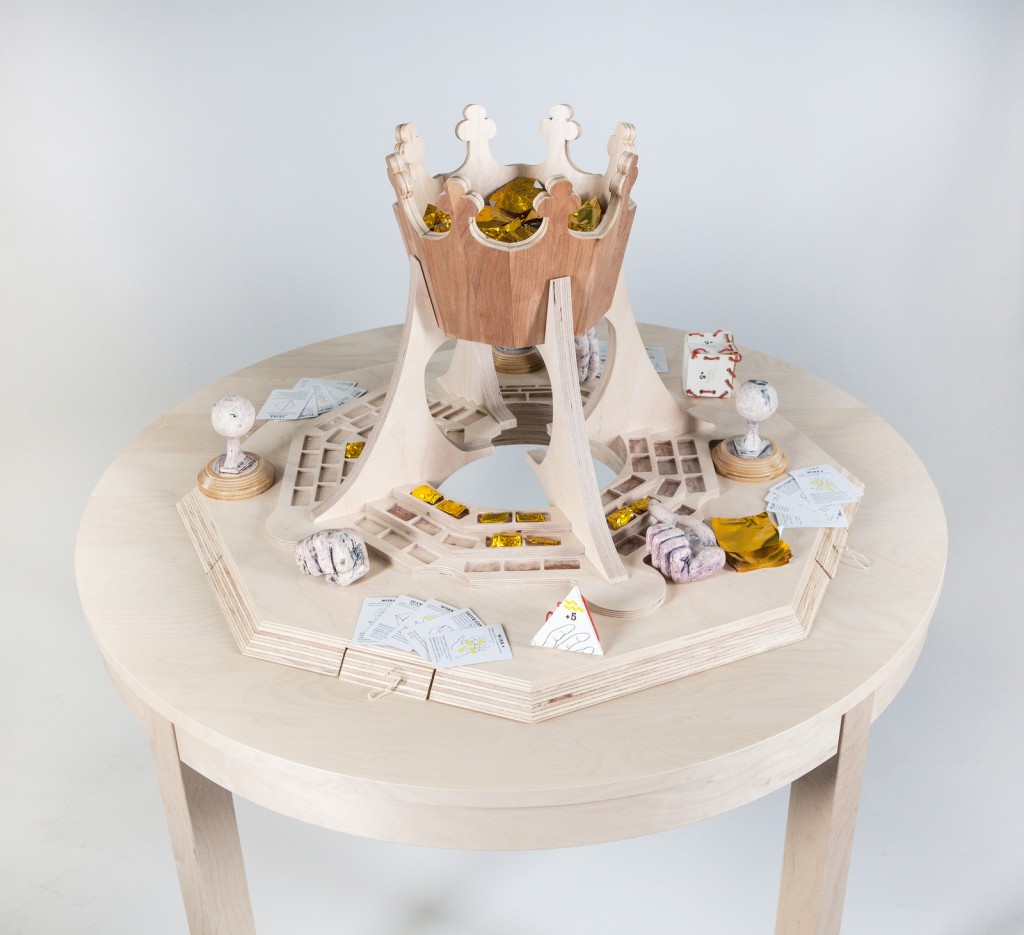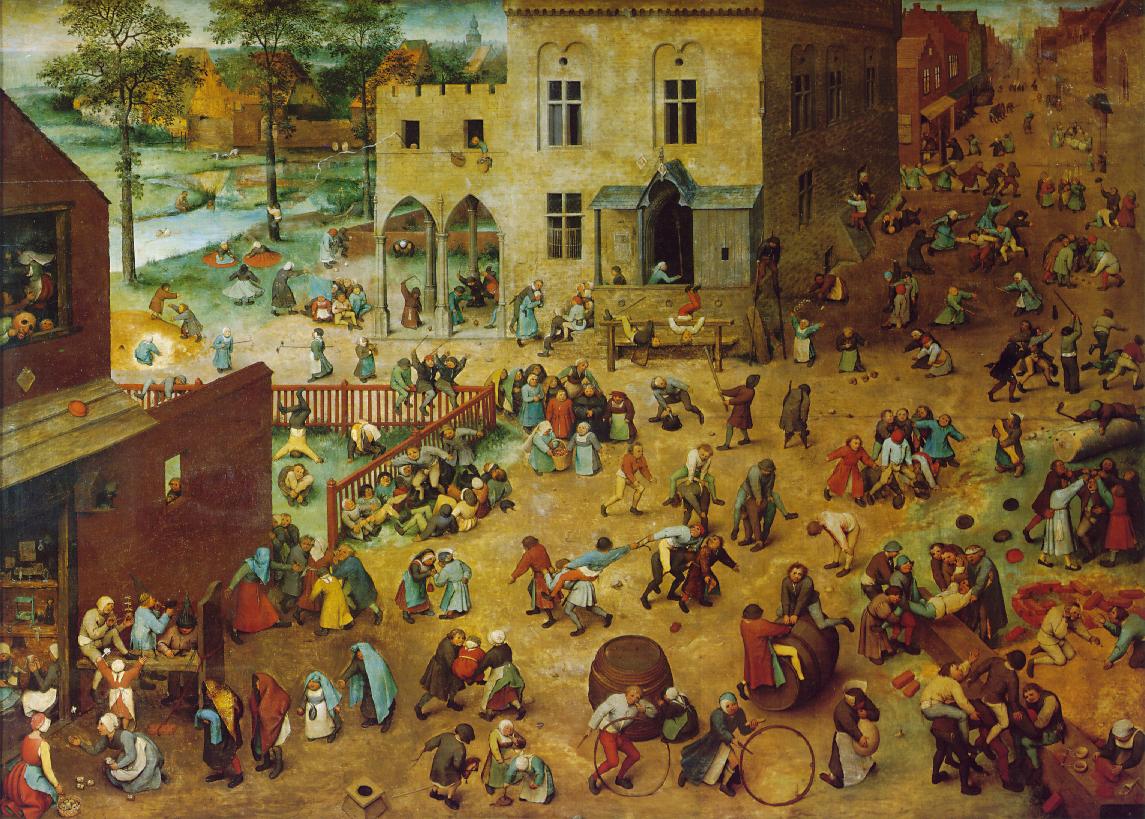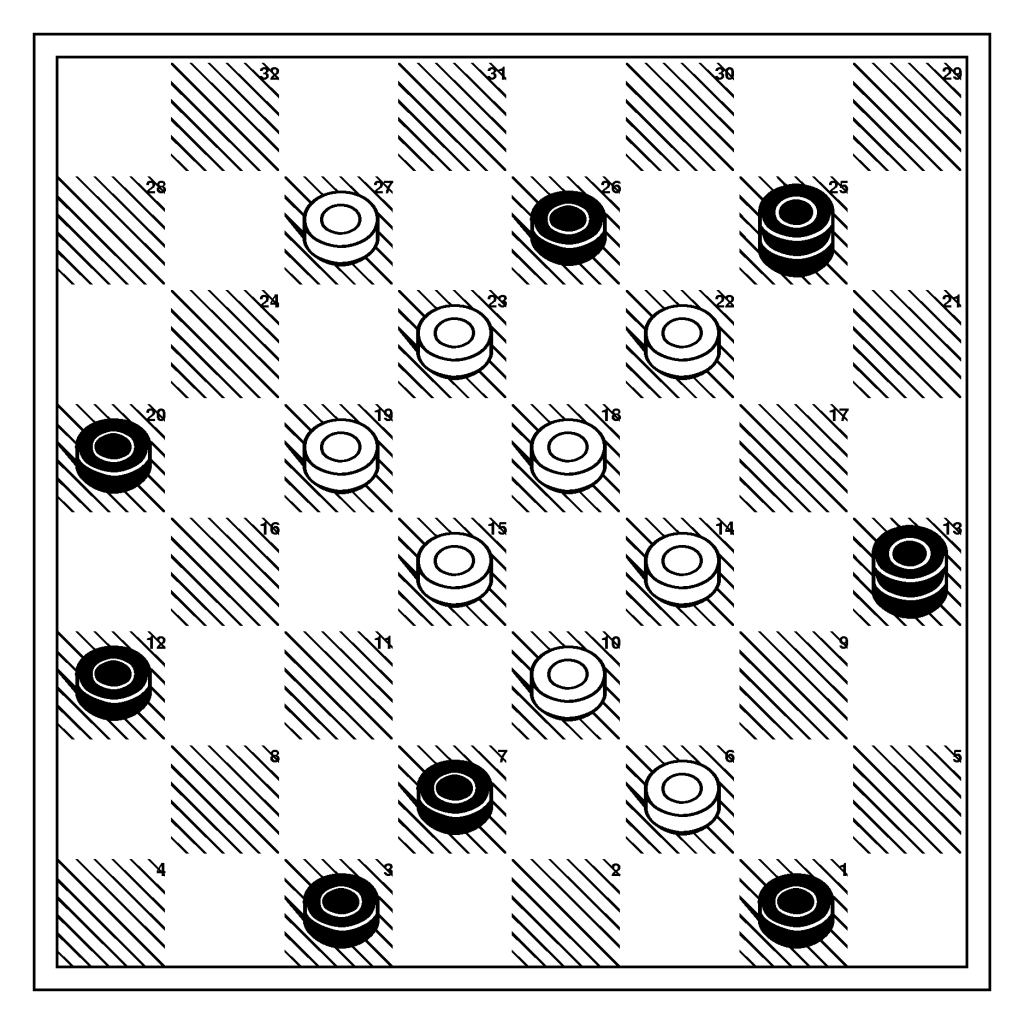Some terms to discuss in class in relationship to the games we are going to play…
Skill vs chance

Libro de los juegos
The text is a treatise that addresses the playing of three games: a game of skill, or chess; a game of chance, or dice; and a third game, backgammon, which combines elements of both skill and chance.
How old are boardgames exactly?

This is when the homo sapiens started to become sedentary and developed agriculture. In these games the tokens are seeds and they are based on sowing and reaping. We can easily infer that they were used to support the conceptual development of the agrarian mentality.
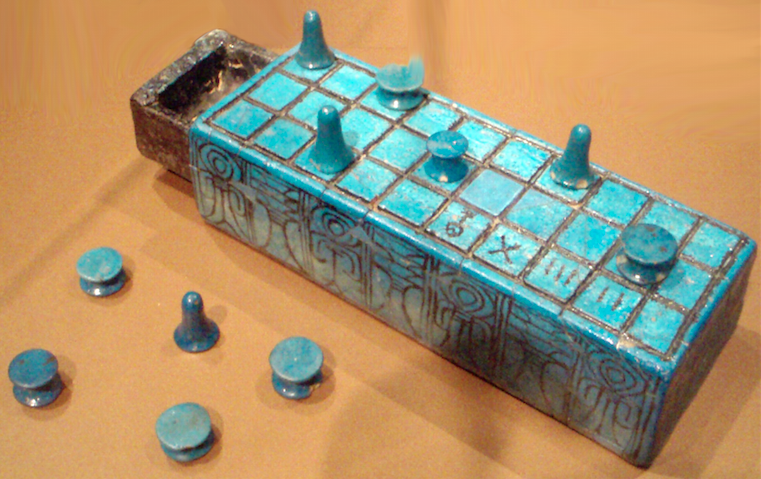


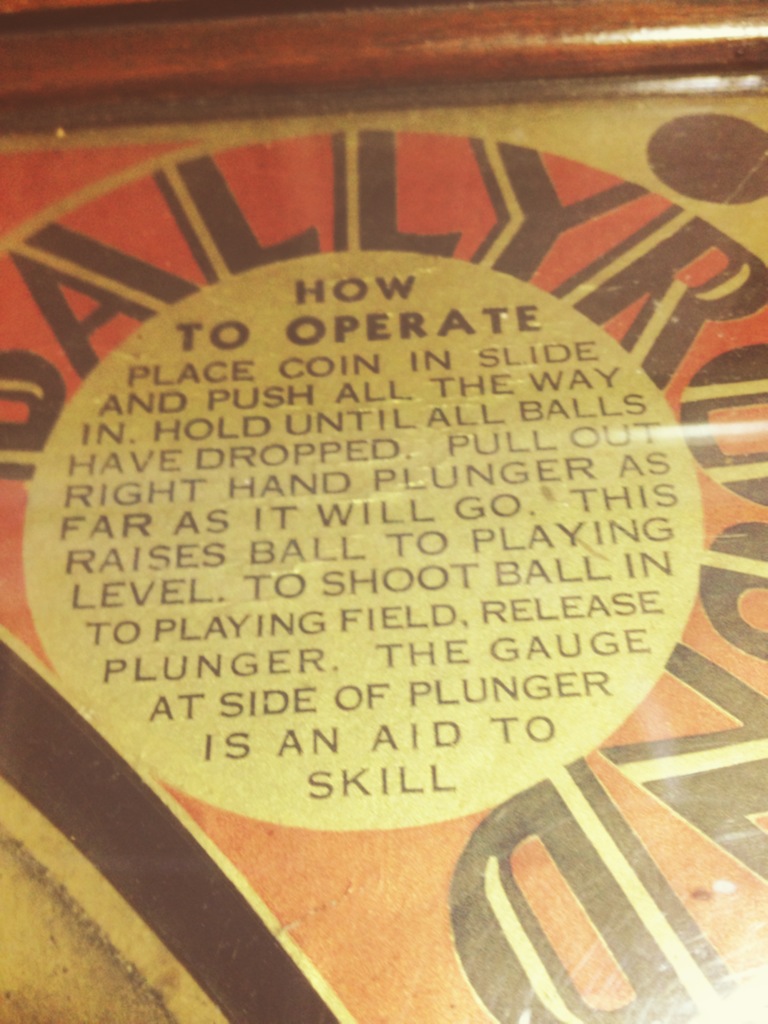
Digital slot machines, traditionally random, are becoming increasingly more sophisticated adapting to the users behavior, giving an illusion of agency, and producing wins that increase the addition cycle.
Gambling machines are becoming more videogame-like to attract millennials, posing dilemmas to gambling regulators.
Meanwhile F2P and social games introduce elements of gambling and designed addiction cycles. They rely on “whales” or few heavy spenders, just like casinos.
Even completely skill games are adding gambling like elements like loot boxes which are attracting the attention of regulators.
Digital games are traditionally more oriented toward skill, the popularity of the roguelike meta-genre (which includes Imbroglio, FTL, Spelunky, or the binding of Isaac) suggest a increasing taste for uncertainty and risk.
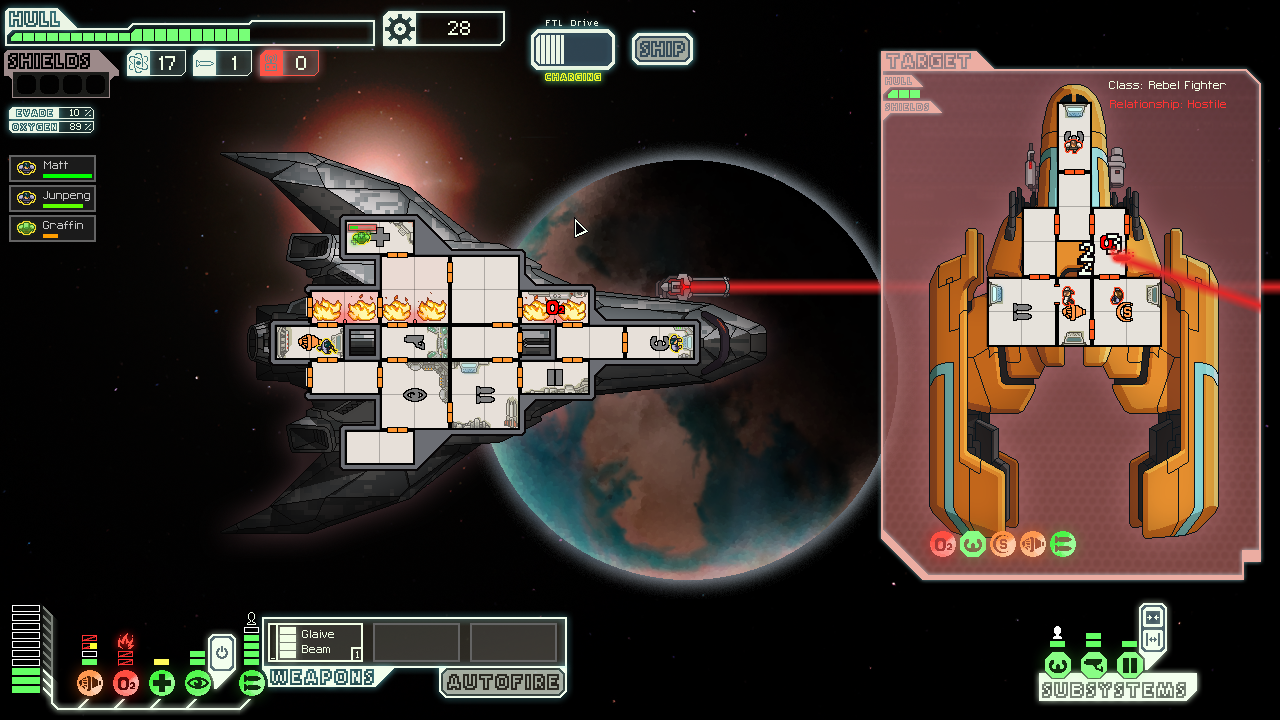
4 elements of play by Roger Callois
Man, Play and Games was written by french sociologist Roger Callois in 1961. The book introduced important terminology in game studies. He describes four “play forms” that are the basis for the enjoyment of cames and that can be present in different degrees in each game:
Agon, or competition. Present in skill based, competitive game like sports or chess.
Alea, or chance. Present in gambling games like slot machines or roulette.
Mimicry, or mimesis Present in role playing games or pretend games.
Ilinx, or vertigo Present in perception alterning play, like merry go round and visually intensive videogames.
He also notably defined a a continuum in which games can be places ranging from:
Ludus – structured activities with explicit rules (games)
to
Paidia, unstructured and spontaneous activities (child play)
Theme and gameplay
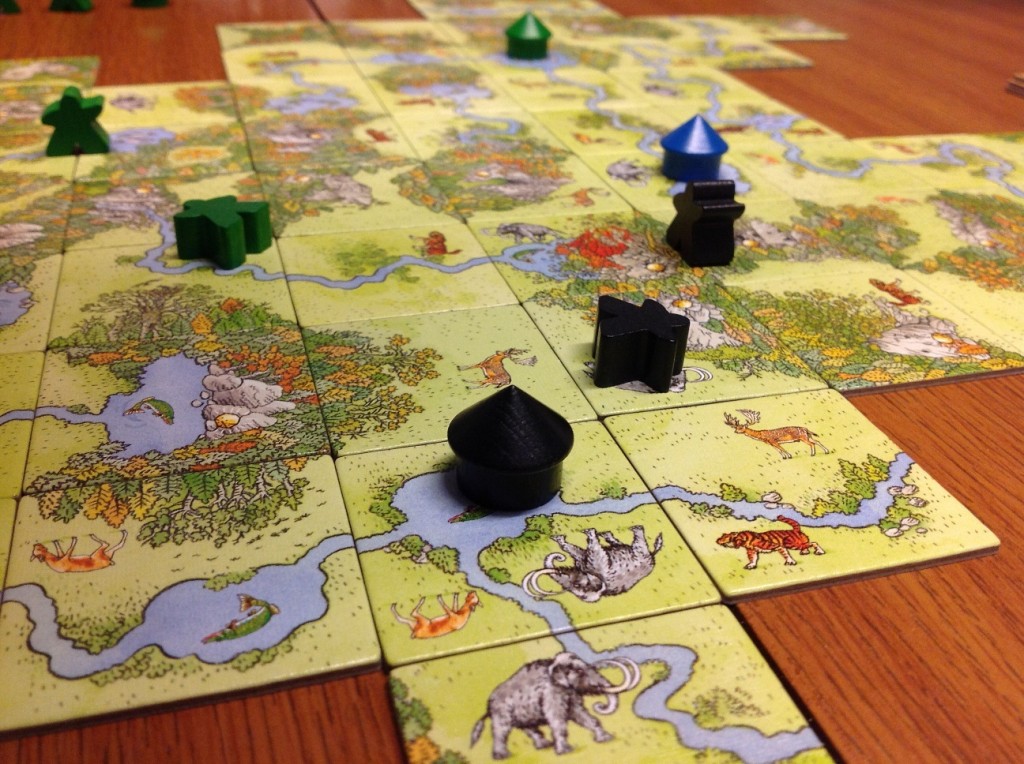
Ludonarrative dissonance by Clint Hocking
Other examples? Is storytelling in Gloom theme or mechanic?
What about theme in LOTR: the confrontation?
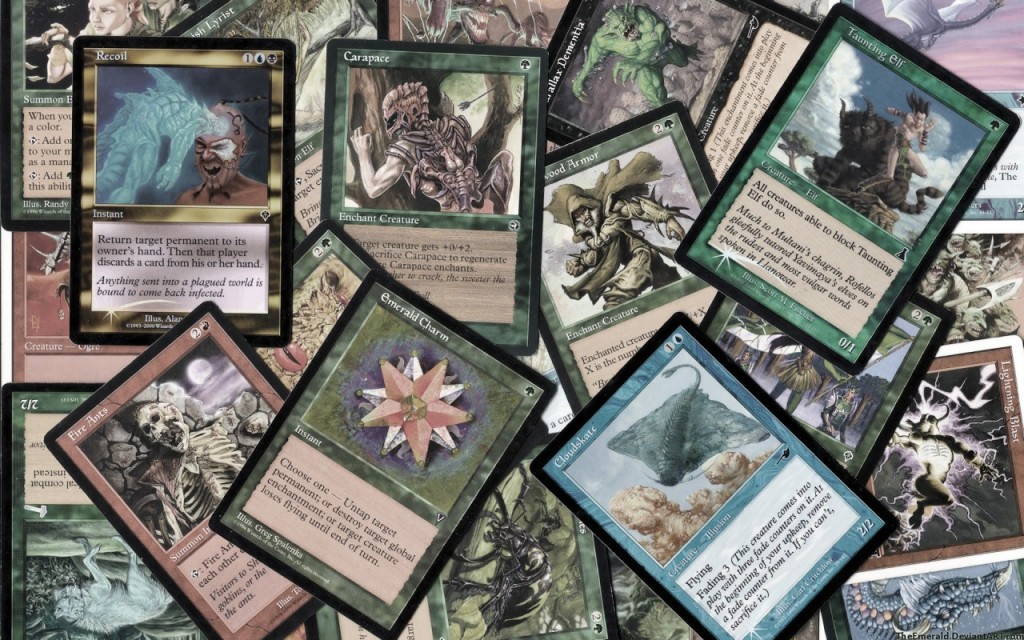
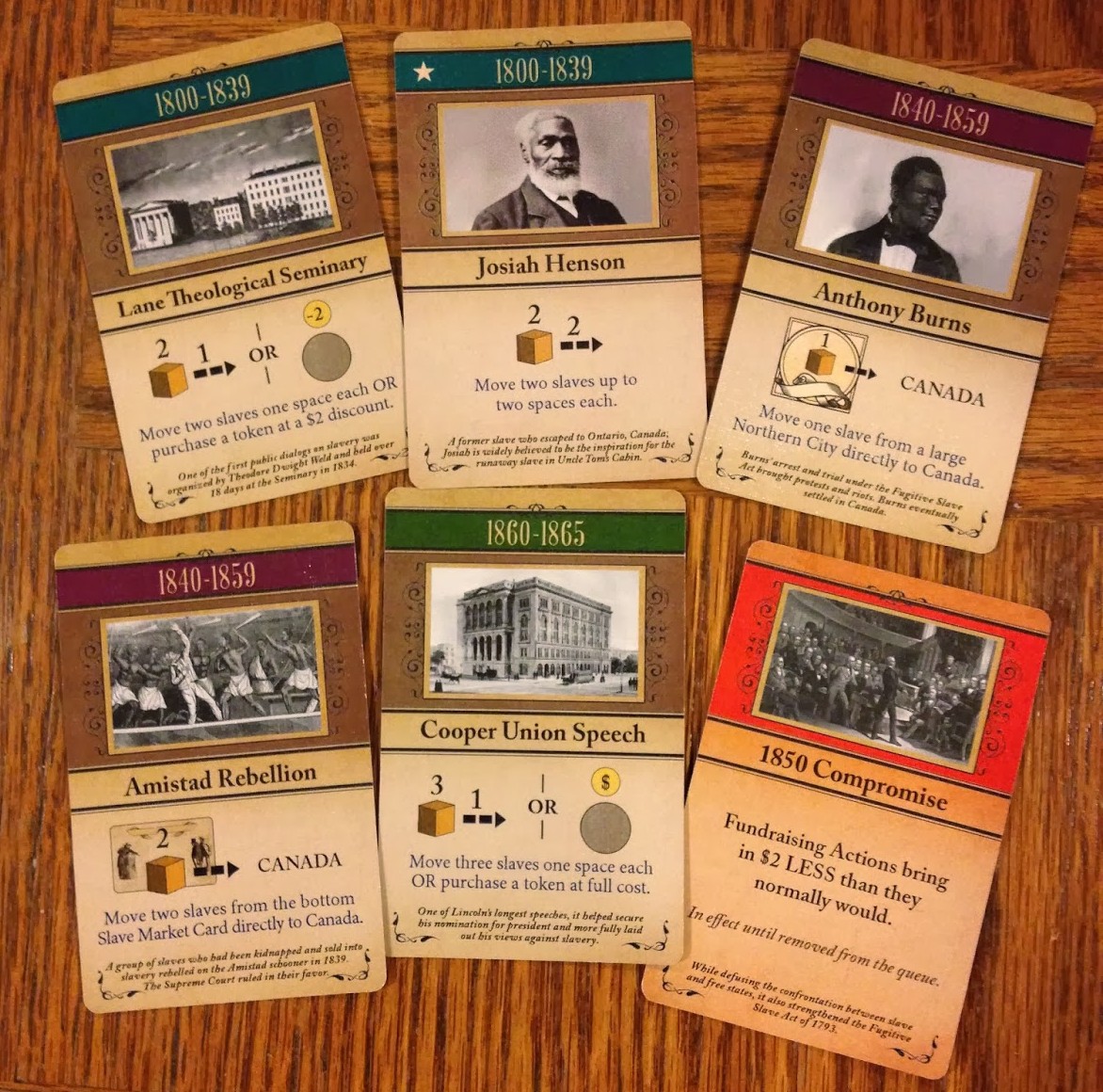
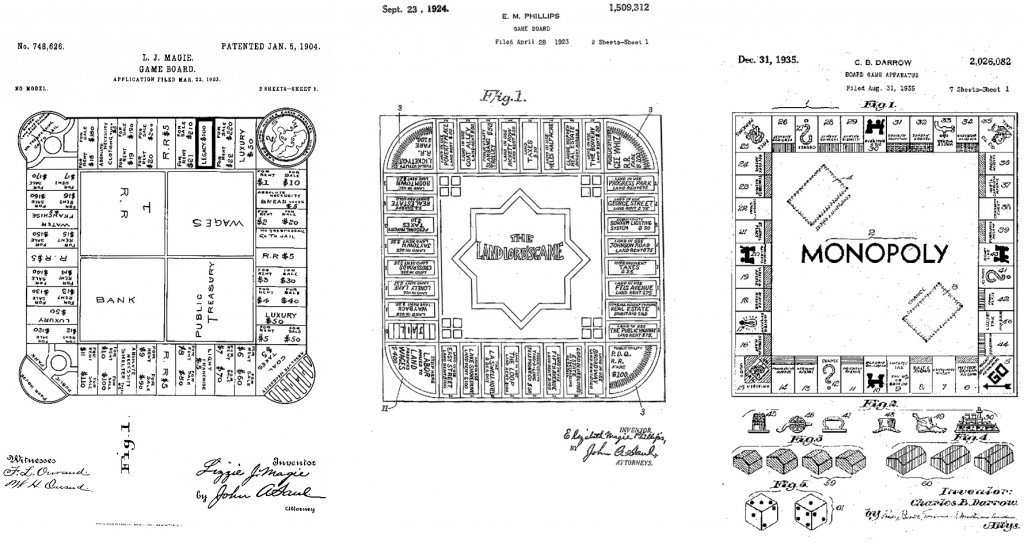
She believed that the main cause of poverty was land monopoly and the way to solve it was to impose a single uniform tax that would discourage speculation. So she created a game to represent this conflict. Thirty years later a man called Charles Darrow patented a modification of the landlord’s game and turned into a “pro landlord” game. It would later become Monopoly.
Flavor change
In an economy where 3 players try to accumulate resources:
3 Players start with 5 resources + 3 resources in the pool (center of the table)
Each turn players take a decision in Rock Paper Scissors style. Players can choose Action A (fist) or Action B (open hand).
There are 4 possible outcomes:
Outcome 1 – one player chooses Action A: this player takes 1 resource from each other player.
Outcome 2 – two players choose Action A: these players both give 1 resource to the third player.
Outcome 3 – three players choose Action A: all players put 1 resource in the pool
Outcome 4 – three players choose Action B: the player with most resources proposes once, without discussion nor barter, how to divide the pool. If at least one player agrees the decision becomes effective. Otherwise, nobody takes anything.
The game ends when the first player is out of resources the player with the most resources wins.
[Prisoner’s dilemma, minority game, ultimatum game, framing…]
Depth

How much room there is for the player to get better at the game.
-Clint Hocking
How much is there to explore before you exhaust what the game has to offer.
-Jason Rohrer
How wide is the gap between competent play and expert play (Chess, Guitar Hero, Counter Strike, Tetris, SpyParty).
How big is the possibility space (Chess, Minecraft)
Exhausting checkers – radiolab
Solved Games list
Elegance and depth
A game designer will refer to a game as elegant when a very small ruleset gives rise to an enormous possibility space. Many of the folk games that we’ve inherited, such as Chess or Mancala, adhere to this ideal.
-Brenda Brathwaite
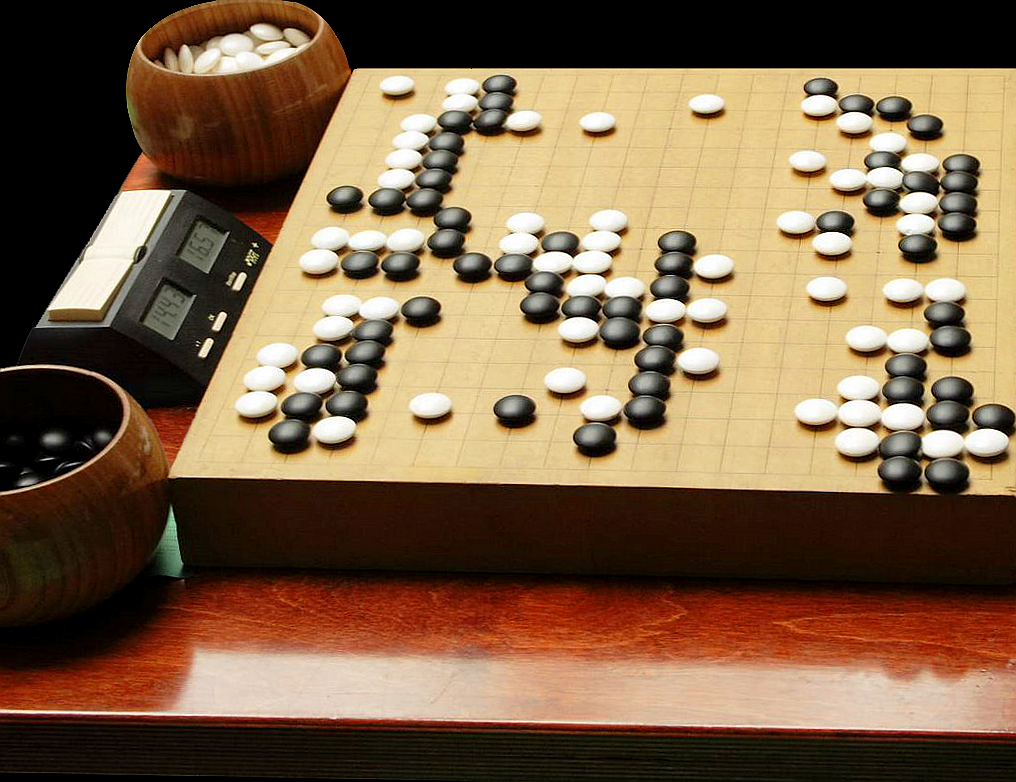
Perfect information / imperfect information
A game possesses perfect information if each player, when making any decision, is perfectly informed of all the events that have previously occurred.
Imperfect information introduces uncertainty but it’s not the same as chance. Some games can have randomness with perfect information and others can have imperfect information without chance. Can you make some examples? From the boardgames we played?
Private/hidden information can become public and vice-versa. Can the rules of a game be information as well?
What about videogames?
Playtime
Mafia/werewolf, the resistance, 2 rooms and a boom.
Targeted interaction
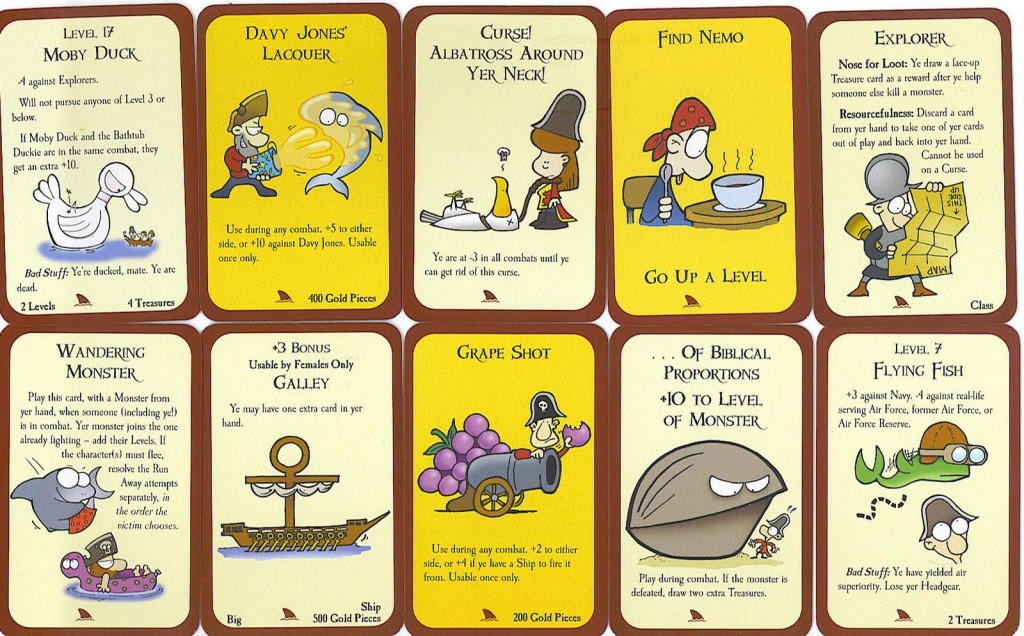
5 fingers – Eric Zimmerman (Chip-taking game)
Rule 1: Get a group of three or more people.
Rule 2: Put up five fingers.
Rule 3: Take turns eliminating each others’ fingers.
Rule 4: Last person with fingers wins.
What are the dynamics and the winning strategies (see also Mafia/werewolf)?
Politics/metagaming, “electing” a winner, kingmaking (3rd player problem A & B are contending and C has no chance).
Issues with player elimination or effective elimination (player knows has no chance but has to keep playing), griefing. What are some of the solutions to address problematic interaction in games like Carcassonne, Zooloretto, Guts of glory, Pandemic or others?
Competition/Cooperation

Avoiding direct targeting = family friendliness – trade mechanics veering toward cooperation
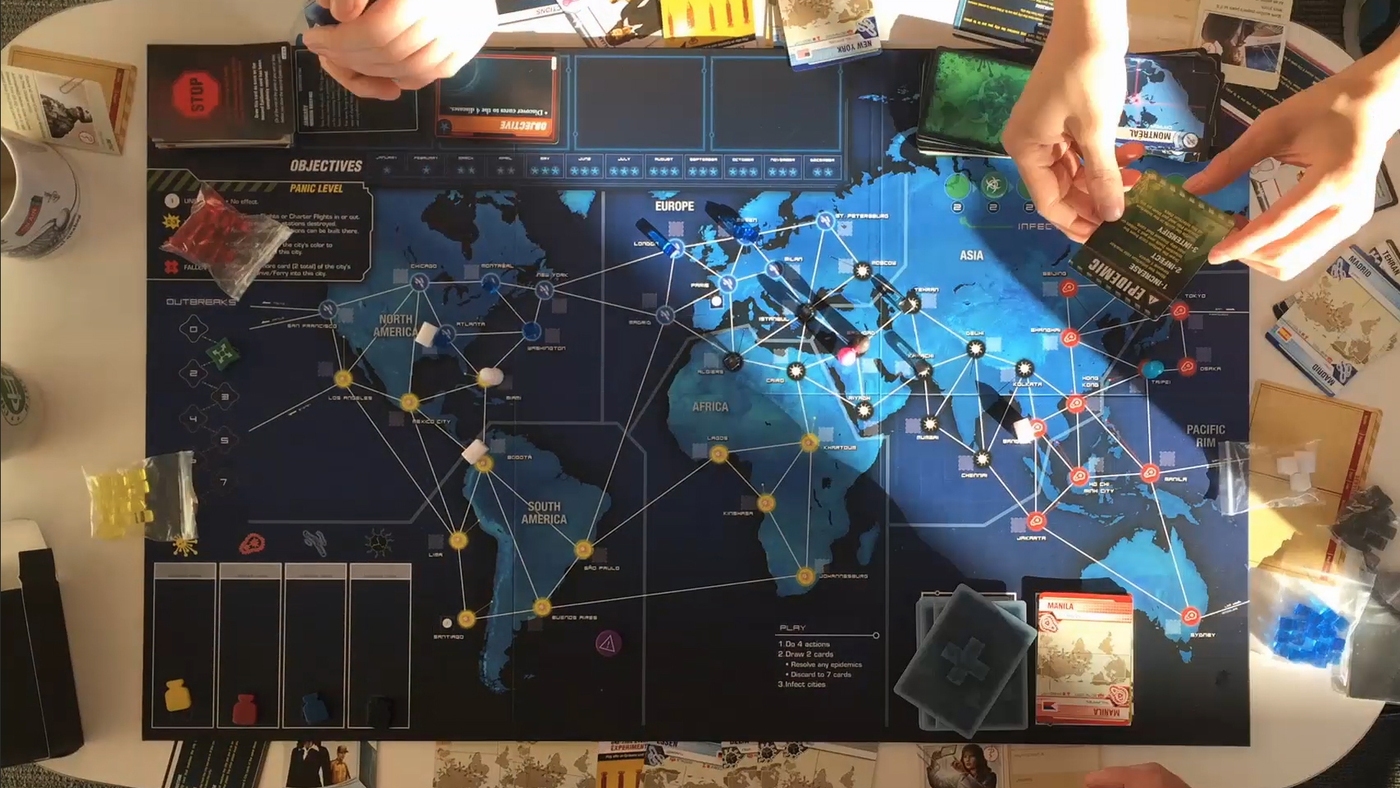
Issues with Pandemic or other co-op games: solitaire played together, expert players monopolizing the game.
The multiplayer solitaire problem and possible solutions: time constraint, roles, sheer complexity…
Snowballing
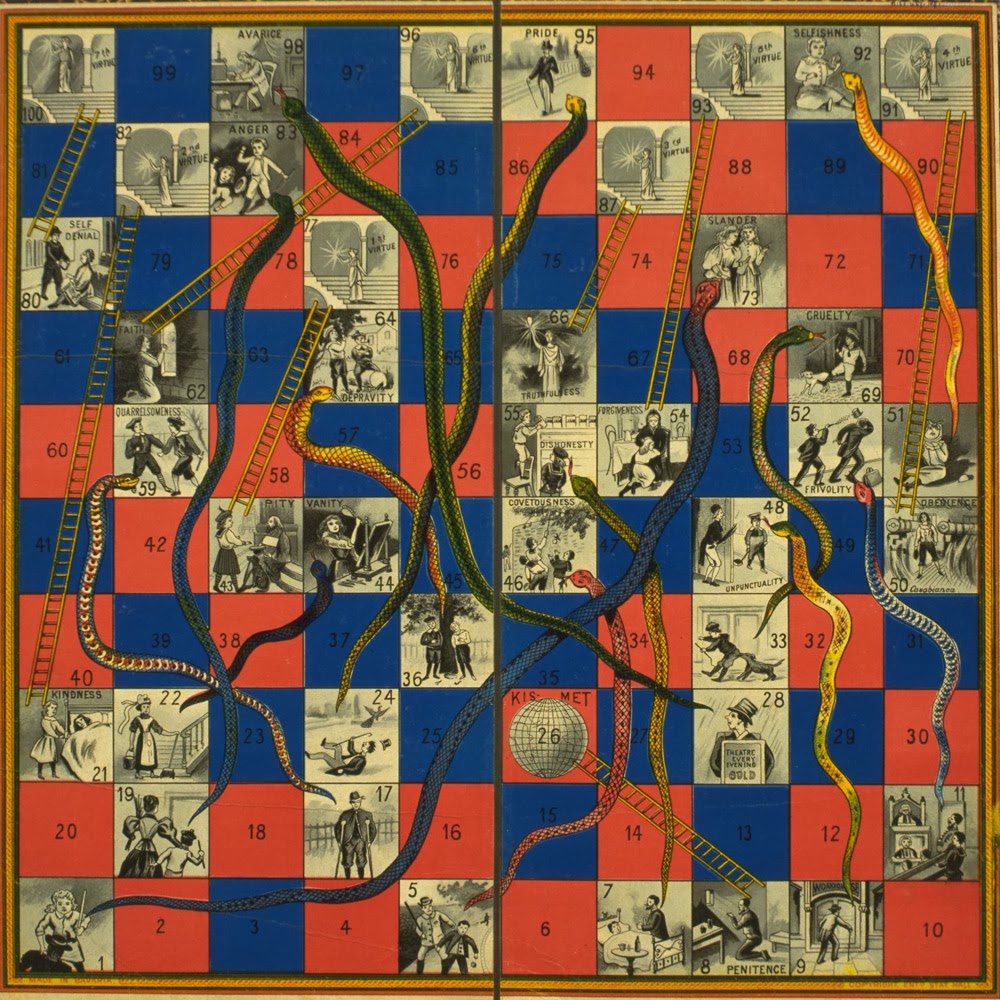
Any game in which your score increases your power is likely to display snowballing aka reinforcing or positive feedback loop. In real world “the rich gets richer” etc.
Examples: monopoly, chess, starcraft.
This may produce an undesirable game arc since in such kind of games players can be “effectively” eliminated early. There are a few ways to address this:
– Separating scoring and resources.
Examples: most sports (can you imagine a snowballing soccer?), most eurostyle boargames (among the ones you played?).
– Introducing catch-up mechanics or negative/balancing loops.
Example: Super Mario Kart or organically emerging “target the leader”. Other examples?
– Chance.
Is the snake in snakes and ladders really a catch-up mechanic? What about Flux?
– Increasing stakes.
Snowballing is balanced by attributing more points toward the end thus increasing the possibility of a comeback.
Example: Modern Art.
– Multiple paths to victory
There are different ways to score points so a dominance in one aspect doesn’t determine dominance in another.
Example: Carcassonne.
Downtime and busywork
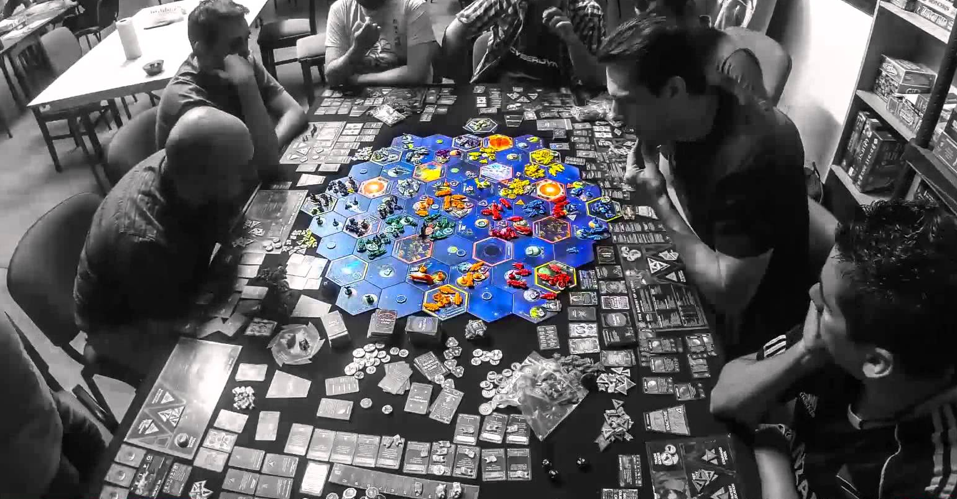
Not all playtime is actually play. Time is spent performing actions that are not fun or meaningful at all: setting up the game, learning rules, doing math, shuffling cards, waiting for the game to load, waiting for other people’s turn, recovering a ball, mining gold in MMORPG, playing tutorial levels…
Ideally designers don’t want to waste people’s time and try to minimize unfun/ancillary parts (exception Farmville-likes, Football).
In board games there is an economy of gestures, phases, computations that should be optimized and run smoothly and intuitively. Turns shouldn’t be too long and players waiting for their turn should have something to think and strategize about. Many actions don’t actually require turns.
This is a huge part of how a non digital game “feels”.
Persistence and reversibility
Are there games you can only play once? Are games whose effects of your actions are permanent?
In online games, persistent worlds introduce a new kind of play: the game continues whether or not you are present.
Some single player games experimented with the one session concept or with effects that extend outside of the game world
In analog games persistence is a fairly new element introduced by Risk Legacy (and subsequently adopted by other Legacy games) which prescribes players to leave permanent marks on the board or destroy cards.
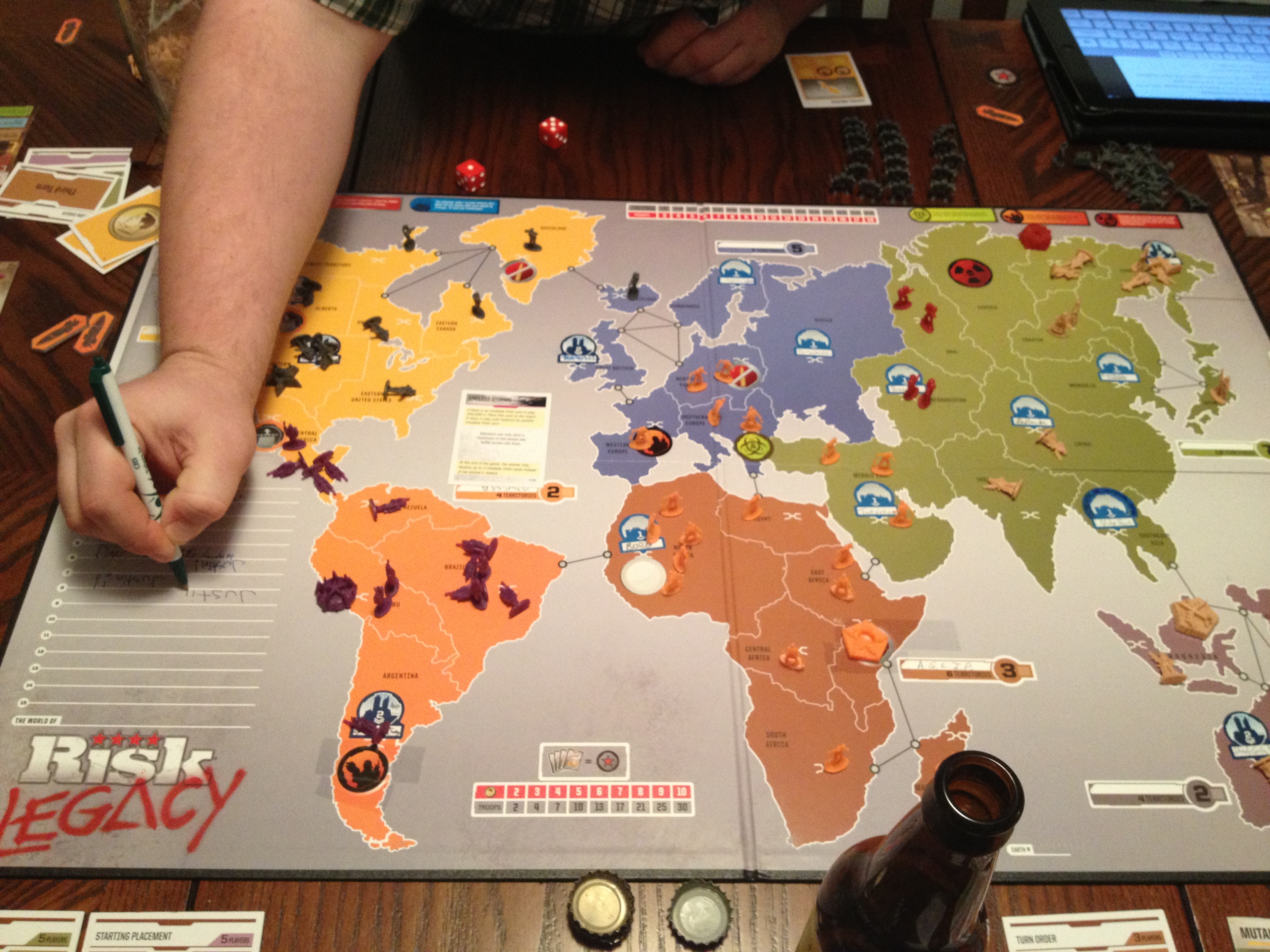
Materials
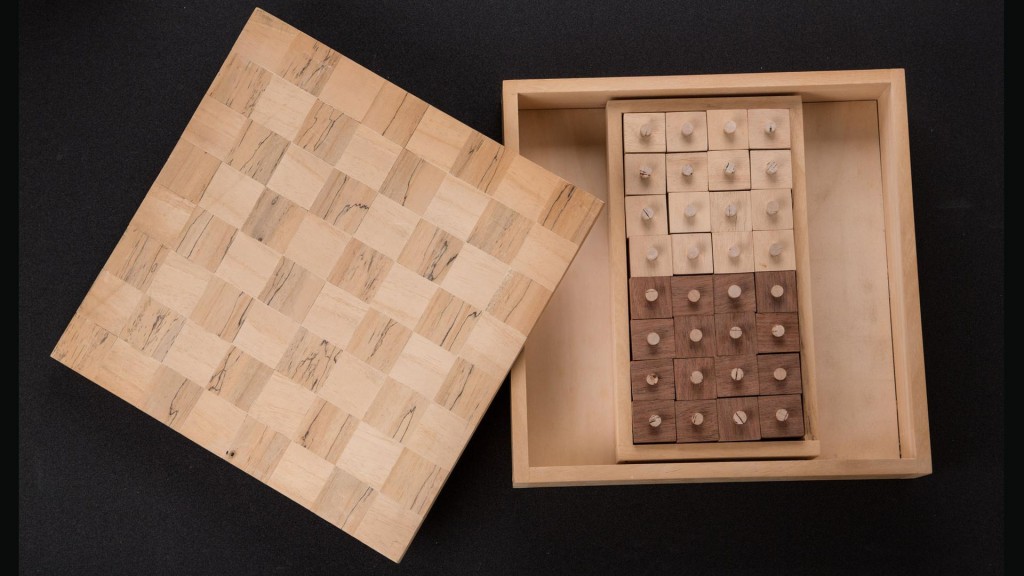
Board games are made of objects whose visual and tactile qualities largely affect the experience of a game. Playing a game of GO with actual stones is not the same as playing it online with a friend. Certain bits need to be three-dimensional to facilitate manipulation.
Among the games you played can you point at successful and unsuccessful choices?
Gloom?
